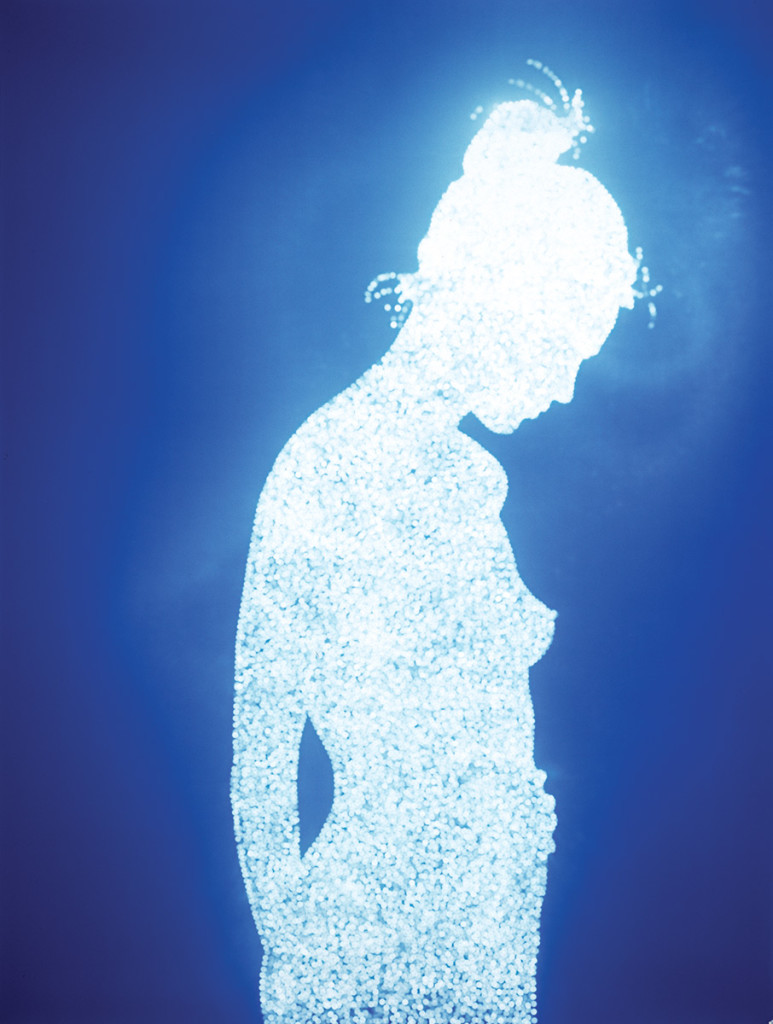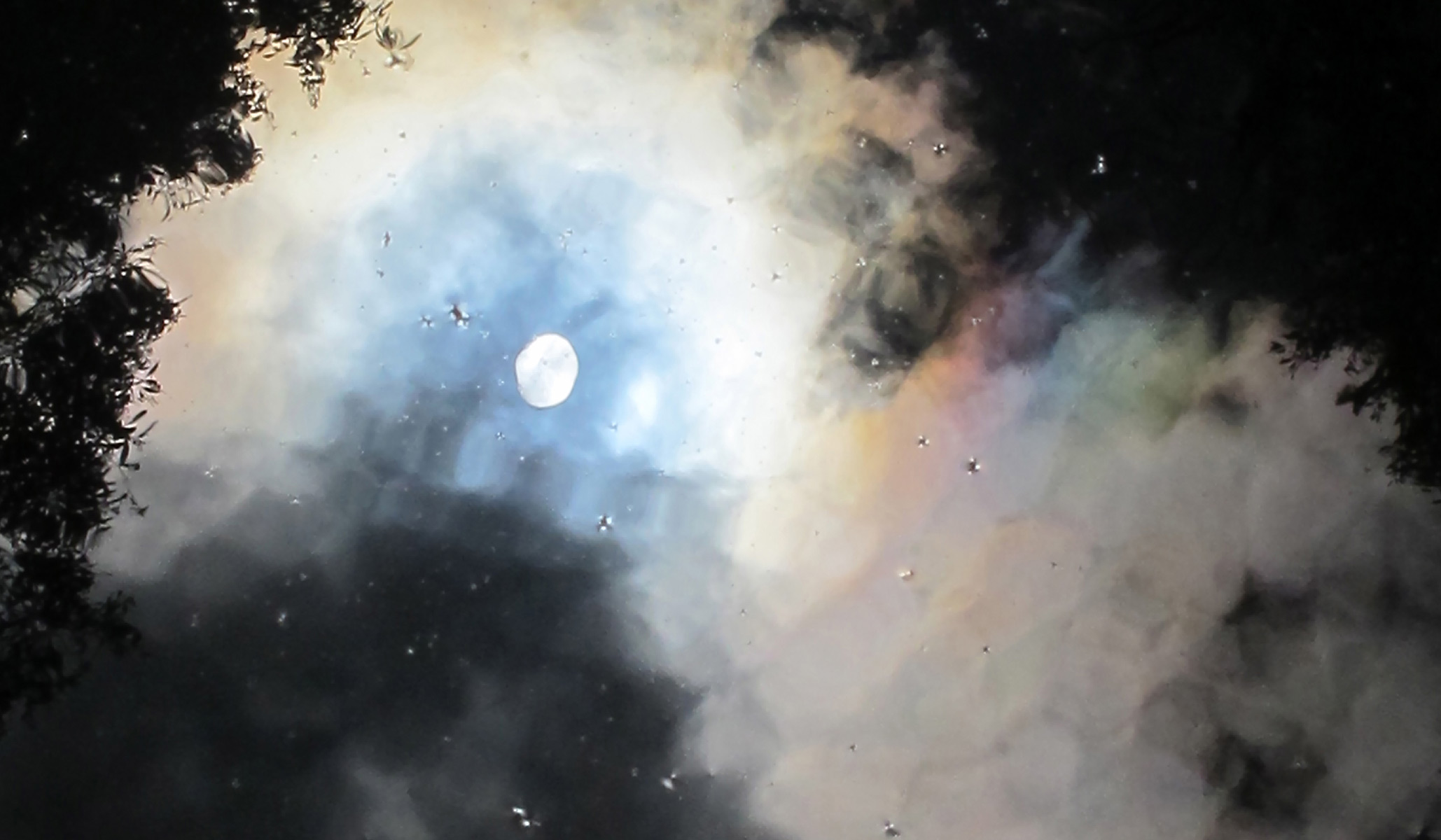Congratulations to Simone Douglas and Christopher Bucklow on their inclusion in Emma Coccioli’s new book titled Animae: The Invisible Sources of the Artwork: Talks with Today’s Artists, published by Vernon Press.
Romanticism, the brooding and intensely personal eighteenth-century art and literary movement, takes on a new lease of life in this carefully curated collection of interviews with contemporary artists from around the world.
Informed by the writings of the renowned psychoanalyst James Hillman, Romanticism is reconsidered from a twenty-first-century perspective. Moving past a purely formal presentation of the artists’ work, this text strives to uncover the deeper meaning and more pressing issues present in the artworks.
All connected by a similar romantic vein, Emma Coccioli explores each artist’s individual practice through a series of carefully selected questions. For Coccioli, discussions of ‘the moral issue’ and the future of the world also form an important part of the interviews. Coccioli acknowledges that artists have often been asked questions about their role in relation to the moral issue and the problem of nihilism.
However, even if we have an inherent understanding of the concepts of good and evil, Coccioli argues that there is a need to re-examine the modern-day psyche as it tends to be apathetic and with little emotional resonance on our actions and behaviour.
Global overpopulation, climate change, and the planet’s limited resources are also meaningfully discussed in this collection of interviews. In questioning the artists, whose work addresses, even remotely, these topics, Coccioli encourages them to consider what they believe to be the greatest threats to today’s global community and to suggest solutions that might be adopted by future generations.
This original and engaging look at contemporary art practice presents a sophisticated discussion of some of the most pressing issues for modern-day society. The interdisciplinary nature of this book means that it will appeal to students, scholars, artists and to anyone with an interest in the fascinating world of contemporary art.

Simone Douglas’ practice incorporates installation, photography, video and site-specific works which question our ideas about what is absolute, in her examination of light and perception through photography. Simone articulates her interest in photography as the ability “To hold light. That most crucial, ephemeral, spiritual, pragmatic holder of life itself. The paradox.” Professor Michael Erlhoff considers the way Simone’s photographic work asks “important questions as does all important art.
Some of these are absolutely fundamental questions. For example: What is light (‘photo’)? And what are signs (‘graphs’)? Or: do you believe what you see? Or do you see what you believe? And why, how, when do you see, if you see? And even further: What, if it exists, is the relationship between watching, looking, seeing, viewing, envisioning, perceiving and on and on…”
Simone has also recently co-edited Anywhere VII with Dr. Sean Lowry, as well as co-curated and chaired an event titled Anywhere and Elsewhere, and powered by Project Anywhere. This two day conference was held at the School of Art, Media, and Technology, Parsons School of Design in New York. Anywhere and Elsewhere featured presentations from 27 international artists working outside traditional exhibition circuits.
Christopher Bucklow is a prominent British contemporary artist who works in various mediums and is best known for his photographs and paintings. He has been exhibiting internationally since 1996, with numerous solo and group exhibitions at prestigious institutions including the Photographers’ Gallery in London, the Museum of Modern Art in New York, and the Victoria and Albert Museum in London.
Christopher’s other-worldly photographs of radiant men and women set against grounds of color are made through a complex multi-step process which begins with the artist projecting the shadow
of his sitter on a large sheet of aluminum foil and tracing its outline. He then makes thousands of small pinholes in the foil silhouette. Using a contraption of his own device that places the foil over a large sheet of photographic paper, Bucklow then wheels his homemade “camera” out into daylight and pulls the “shutter” to briefly expose the paper to direct sunlight. Thus each finished picture becomes a unique photogram silhouette composed of thousands of pinhole photographs of the sun. The intensity of light on a given day and the length of exposure create unique color variations on how the resulting piece appears.


